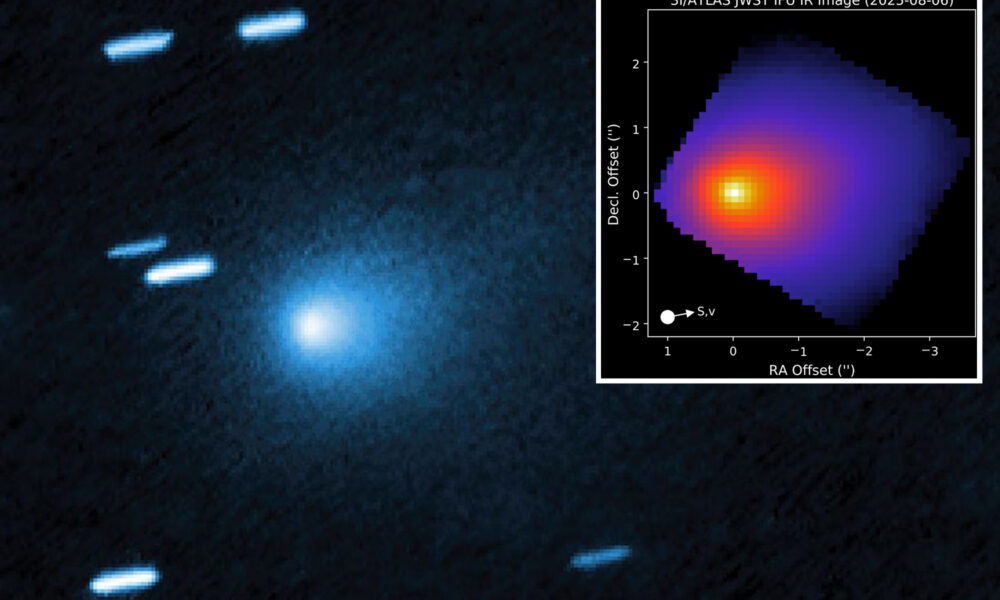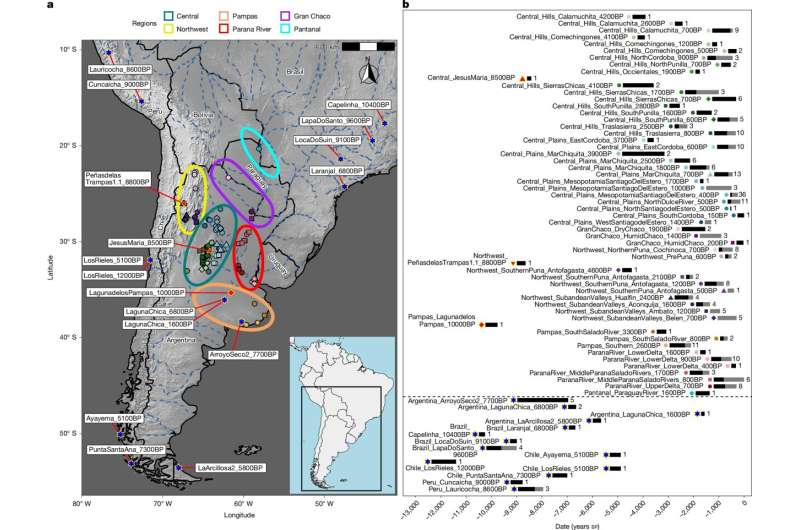A recently observed interstellar object, designated as 3I/ATLAS, is emitting a unique metal alloy that has never been seen in nature, according to Dr. Avi Loeb, a Harvard astrophysicist. New images captured by the Keck II telescope in Hawaii revealed that the object is producing a plume containing approximately four grams of nickel per second, yet no detectable iron, a phenomenon not previously observed in comets.
The alloy identified in the emissions is known as nickel tetracarbonyl. Dr. Loeb emphasized that this compound has only been recorded in industrial settings, specifically in the production of nickel alloys. He stated, “There is only one place where that is known to exist, and that is in industrially produced nickel alloys. This was never observed for any other object.”
In contrast, all known comets, including previous interstellar ones, typically exhibit comparable amounts of both nickel and iron. The unusual nature of 3I/ATLAS raises questions about the processes at play in the cosmos. The refined compound detected in its emissions is commonly used in manufacturing, particularly for metal coatings in the aerospace sector, enhancing the durability of materials.
Unusual Features of 3I/ATLAS
The study, conducted by researchers from the Keck Observatory, suggests that the nickel-producing phenomenon observed in 3I/ATLAS is a natural occurrence. Nevertheless, Dr. Loeb challenges this notion, asserting, “This was a process that we can imagine only because it was used in industry. Never seen in comets before.”
The interstellar object, first photographed by the Hubble Space Telescope on July 21, 2023, exhibits another peculiar feature: it lacks a conventional cometary tail. Typically, comets showcase beautiful tails that extend away from the Sun, but in this case, Dr. Loeb noted, “There was no evidence for such a tail.” Instead, Hubble images depict a remarkable stream of materials moving toward the Sun, estimated at around 150 kilograms per second.
The stream primarily consists of carbon dioxide and water, with trace amounts of cyanide and nickel, but curiously, no iron was detected. The American Astronomical Society has highlighted these findings as a significant anomaly in the study of comets and interstellar objects.
Awaiting Further Observations
Skywatchers worldwide are eagerly anticipating additional data from the Mars Reconnaissance Orbiter, which captured images of 3I/ATLAS between October 4 and October 7, 2023. These images, taken as the object passed within 12 million miles of Mars, are expected to provide the closest view of 3I/ATLAS during its brief journey through the inner Solar System. However, the release of these images has been delayed due to a government shutdown affecting NASA’s communications department.
Dr. Loeb expressed impatience regarding the situation, stating, “Who cares about the communication departments? We want to see the data from the scientists.” The upcoming images from the Mars Reconnaissance Orbiter’s HiRISE camera are anticipated to be the most detailed representations of 3I/ATLAS available to date.
As researchers continue to study this extraordinary interstellar visitor, the implications of its unique emissions could enhance our understanding of the materials and processes that exist beyond our Solar System.






